I’m still trying to record the song from my last thread:
The guitars here are nicely balanced, and play together very well, as if they were glued together without any spaces in between. Pleasantly “smudged” too, someone here referred to it as “cloudy”. I hope you get what I mean.
At this point I think I’ve learned the song from A to Z, all guitar parts (maybe some minor errors), but I can’t get it to sound close.
While my rythm guitar is kinda OK-ish, my leads sound thin and tracks stand apart from each other.
It helped to slap some delay on leads and tons of reverb on all guitars, I quad tracked them all too, but it’s still screaming “amateur!”.
It really sounds like all homemade black metal tracks (which it kinda is after all) but for the sake of abition and learning I want to make it sound as close to original as possible.
So here’s mine:
https://drive.google.com/file/d/1KkjqyPR1-_7FT-kN4bfEYgS6QuSmBkfV/view?usp=sharing
This is still in WIP state, drums need some fixing as well, but it still should serve well - especially since this is the best result I got so far.
Any advice?


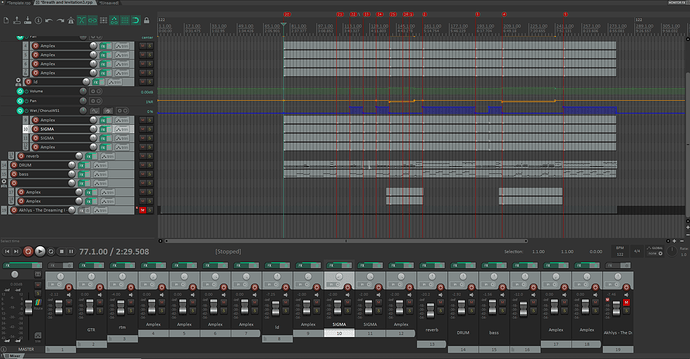
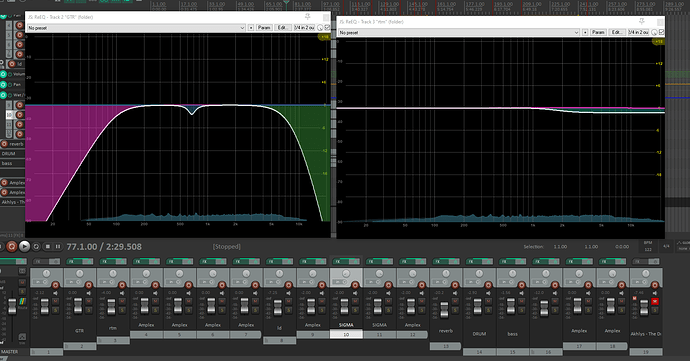
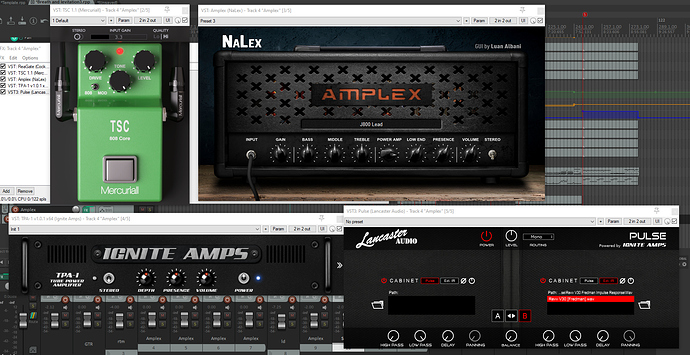
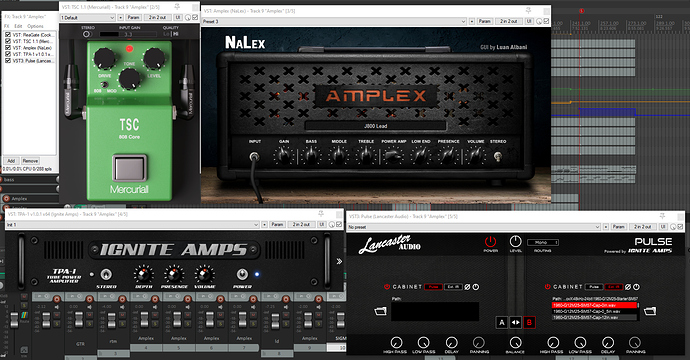
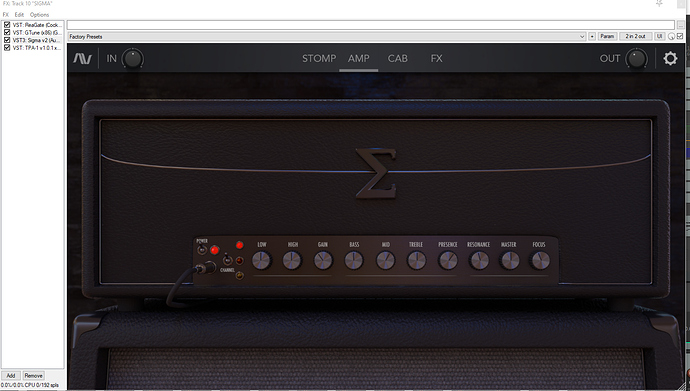
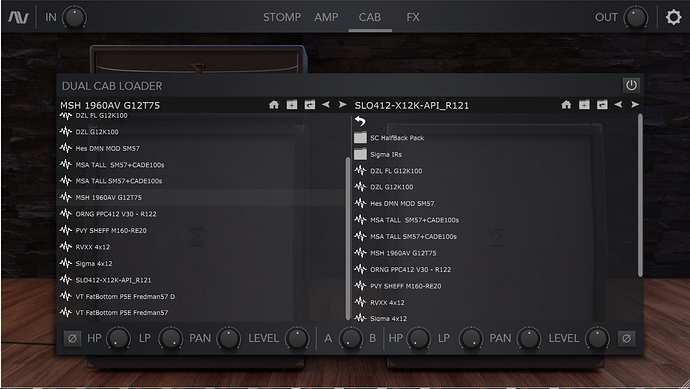
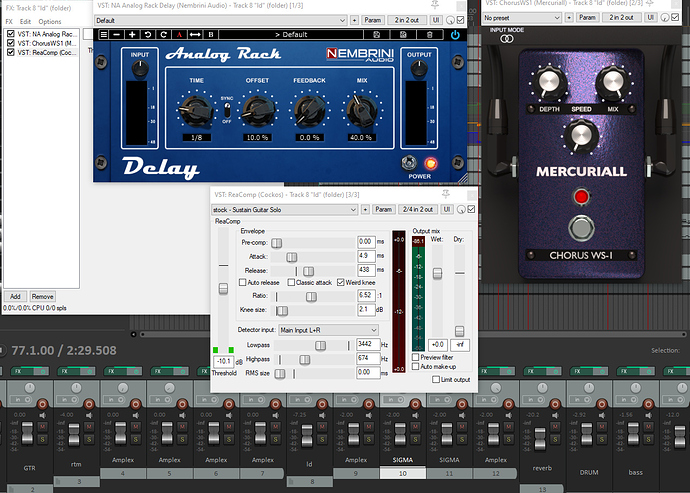
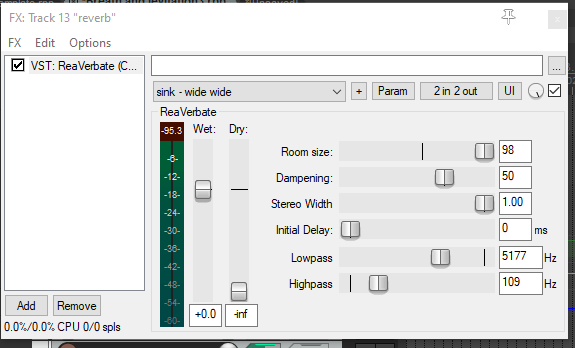
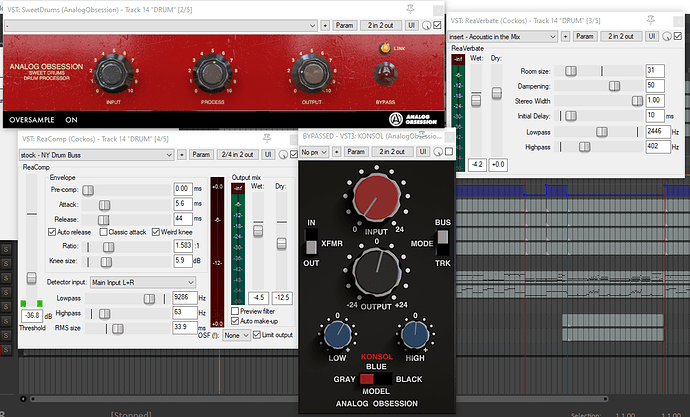
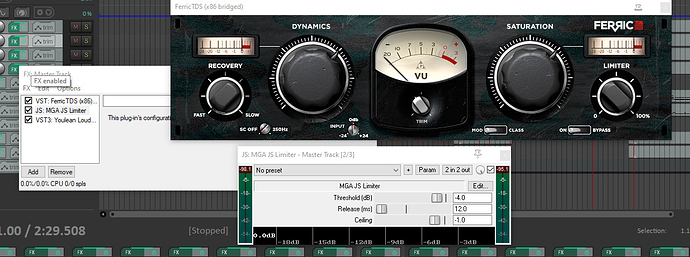



 If I were you, unless there’s anything glaring you can’t stand, I’d do exactly what you said you will and just live with it for awhile. Come back with fresh ears and fresh perspective and see how you hear it in a bit. The nice thing is once you get all this legwork done, you can save a template in your DAW and you’re next project will be ready to go with much less work required. Keep it up (but do take a little break first lol)
If I were you, unless there’s anything glaring you can’t stand, I’d do exactly what you said you will and just live with it for awhile. Come back with fresh ears and fresh perspective and see how you hear it in a bit. The nice thing is once you get all this legwork done, you can save a template in your DAW and you’re next project will be ready to go with much less work required. Keep it up (but do take a little break first lol)